
People with contact allergies are faced with a question with every new accessory: Will I have a reaction? Navigating the jungle of different materials can be difficult. Here’s what to look out for and which types of glasses won’t cause you any problems.
Some people’s throats swell up, others get puffy eyes or scratch themselves raw. In Germany, one in three people say they suffer from allergies. Contact allergies are one of the biggest culprits. These are immune reactions to certain substances that your body comes into contact with. One relatively common allergen is nickel, otherwise a completely harmless and versatile metal. In the case of a nickel allergy, the immune system goes into emergency mode and launches an attack on the perceived threat. Symptoms include redness, eczemas and itchy pustules.
If you’ve ever experienced one of these reactions, for example by wearing jewelry, you know how unpleasant they can be. The most important thing you can do is avoid coming into contact with any textiles or accessories that contain allergens. Sunglasses and corrective glasses are no exception. These are available in a range of materials and, depending on the quality, the composition can vary greatly. The problem is that the frames at your optometrist don’t come with lists of ingredients that tell you what your glasses are made of. To help, we’ve put together a list of the most prevalent materials and their potential problems for people with allergies. Talk to your optometrist or glasses manufacturer if you are already aware of a contact allergy. They will be happy to help.
Acetate glasses
Acetate used in high-end glasses frames is derived from cotton. That’s why it is referred to as cellulose acetate, a biodegradable synthetic material made from renewable resources. Glasses made from other materials are often combined with acetate. One purpose this material serves is to reinforce the temples. Acetate is harmless to people with allergies with one exception: in order to dye or shape cellulose acetate, certain additives are necessary. These additives vary from model to model, but are typically not allergens.
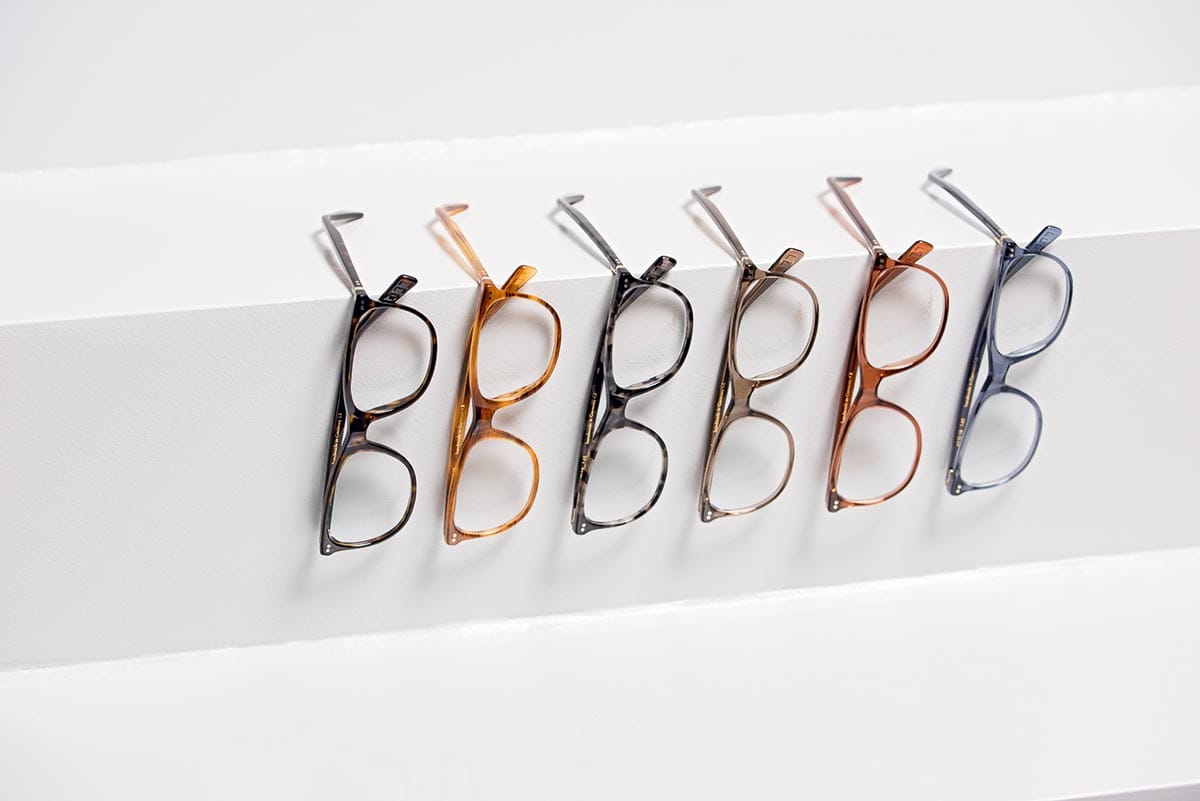
The acetate used for the Lunor A11 is made by hand and comes from a family business that has specialized in acetate production for many generations. You can therefore always expect maximum quality and exclusivity.
Metal glasses
Many people who suffer from a nickel allergy wince at the thought of glasses with a metal frame. Rumors have persisted that people with allergies should avoid metal glasses in general, but with a little knowledge about the various types of metal, it is possible to find suitable metal glasses that are nickel-free.
TITANIUM
Titanium is a non-corrosive metal that is highly sought-after in glasses manufacturing because it is extremely lightweight (it’s the second-lightest metal) and flexible while boasting a high level of stability and robustness. Titanium is nearly as hard as steel, yet half the weight! It is especially in demand in the field of medicine, where it is used in artificial joints, pieces of bone and prosthetics. Because of its hypoallergenic properties, it comes as no surprise that titanium is the ideal metal for people with allergies—not to mention how comfortable ultralight titanium frames are.
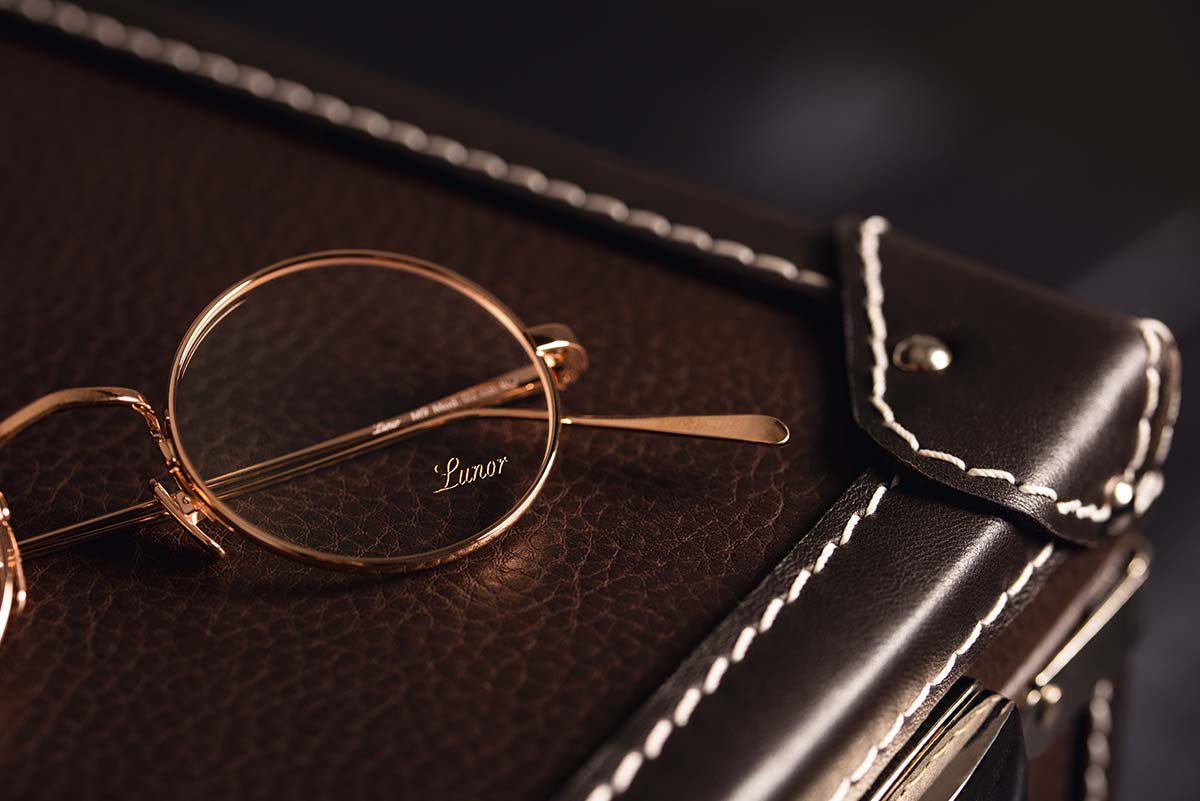
The Lunor M9 is a perfect example of a frame made of pure titanium—from the temples and pads all the way to the delicate hinges. The entire electroplating process is, of course, also nickel-free.
STAINLESS STEEL
Glasses frames are typically made of stainless steel. This alloy is highly resistant to corrosion and generally skin-friendly. It is even used in many surgical instruments. Even though the stainless steel used in high-end glasses frames is largely hypoallergenic, people with allergies should be sure that the parts of the frame that come into contact with the skin have an additional coating. Acetate or a special hypoallergenic lacquer are suitable for this purpose.
MONEL AND NICKEL SILVER
Monel and nickel silver are among the few alloys that people with allergies should avoid because of their nickel content. This is unfortunate because these materials are easy to work with and highly elastic, allowing them to be optimally adapted to their wearer’s needs. The good news is there are plenty of metal alternatives for people with allergies!
BRONZE
An alloy consisting of copper and tin, bronze is a hypoallergenic alternative to nickel silver. However, it is less common in glasses.
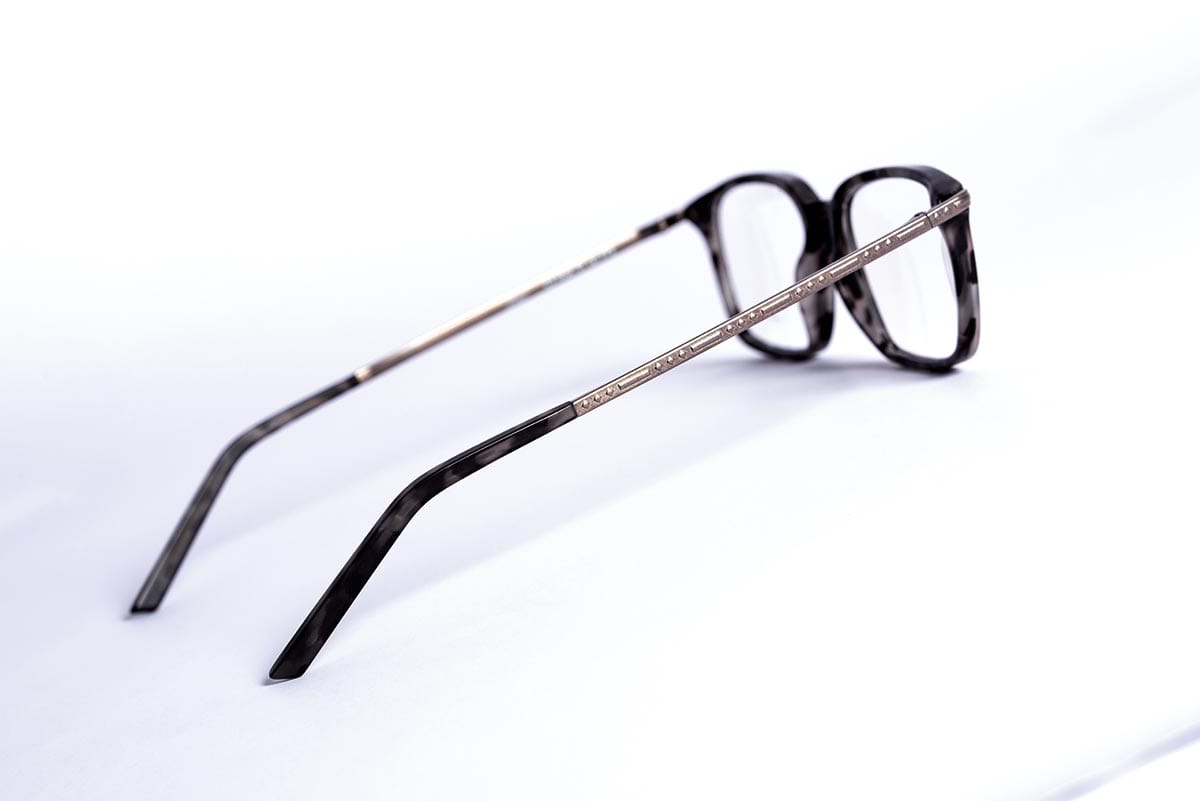
Lunor turned to precisely this material for its C3 line of frames: the combination of acetate and bronze is generally very suitable for people with allergies.
Be careful with electroplating, hinges, etc.
So far, we have only looked at glasses as a single unit. But those filigree frames are usually made of several components. People with allergies should determine which of these components actually come into contact with the skin and which components won’t cause a reaction.
ELECTROPLATING
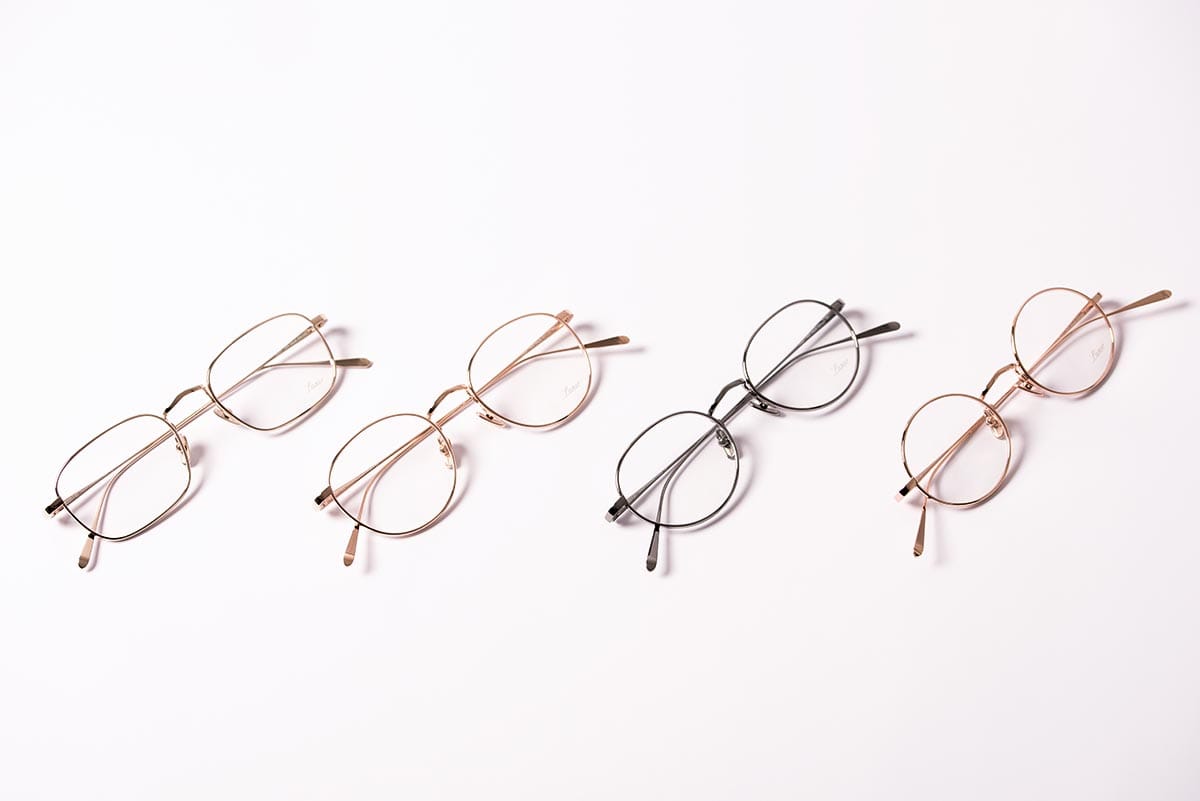
You can be sure, though, that all of the colors in Lunor’s models were electroplated in a 100% nickel-free process. Instead, we use fine materials like gold, pure palladium or titanium.
SCREWS AND HINGES
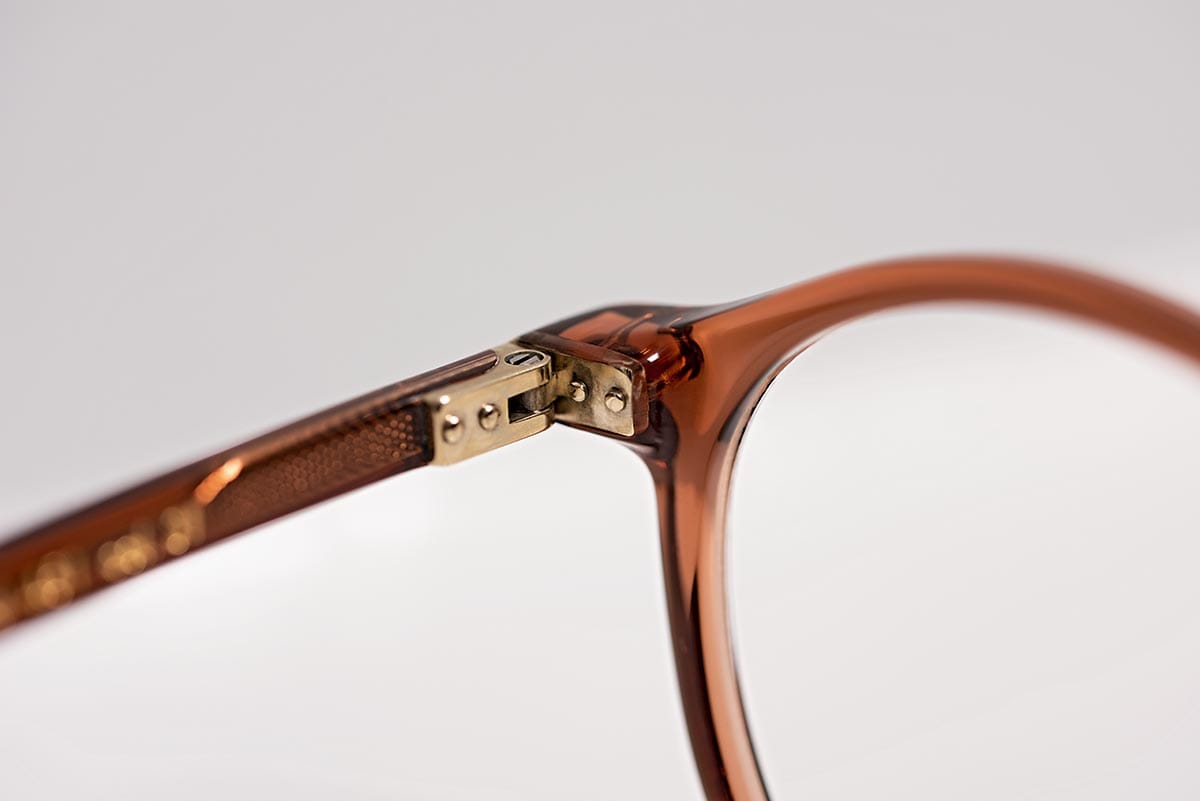
PADS
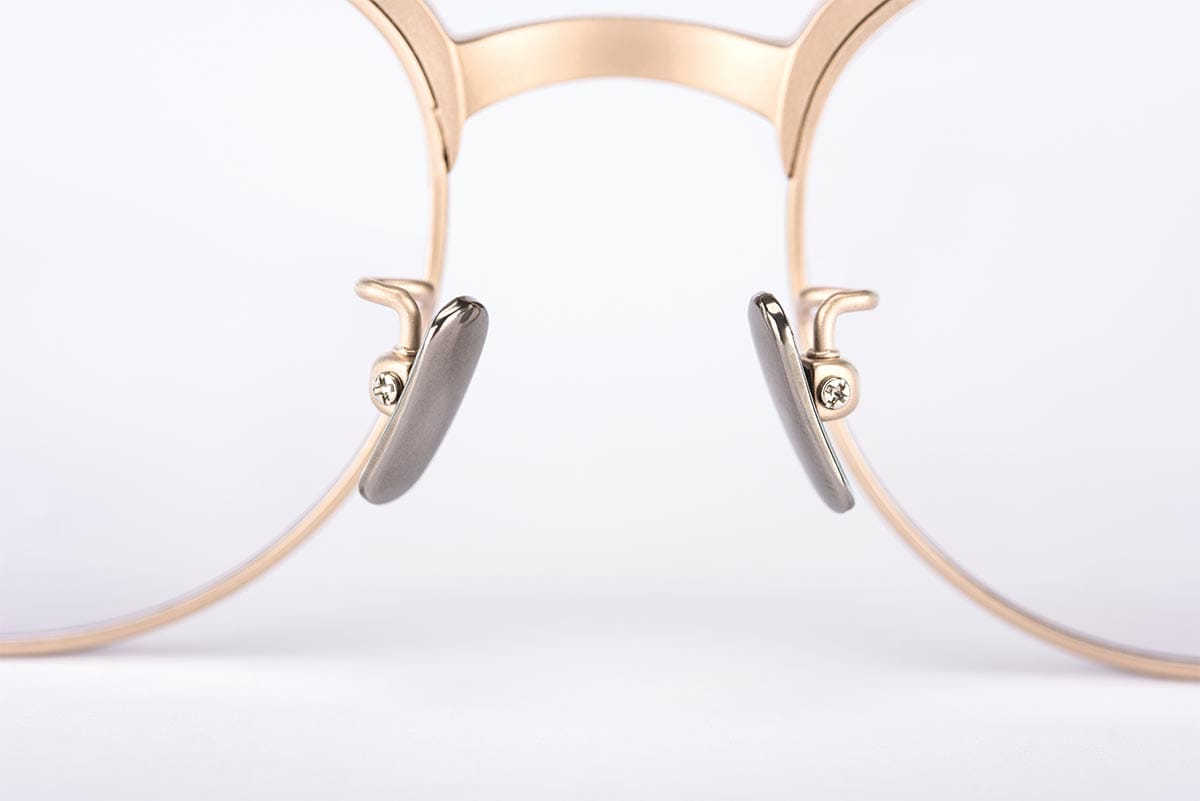

WE AT LUNOR love what we do and know all of our glasses inside and out. We can trace the origins of all of the components used in our frames and are happy to provide people who suffer from allergies with any information they may need. If you have any questions, feel free to ask. Do you want to play it safe? For all of our models, we offer a special hypoallergenic coating that prevents allergenic substances from reaching the surface.

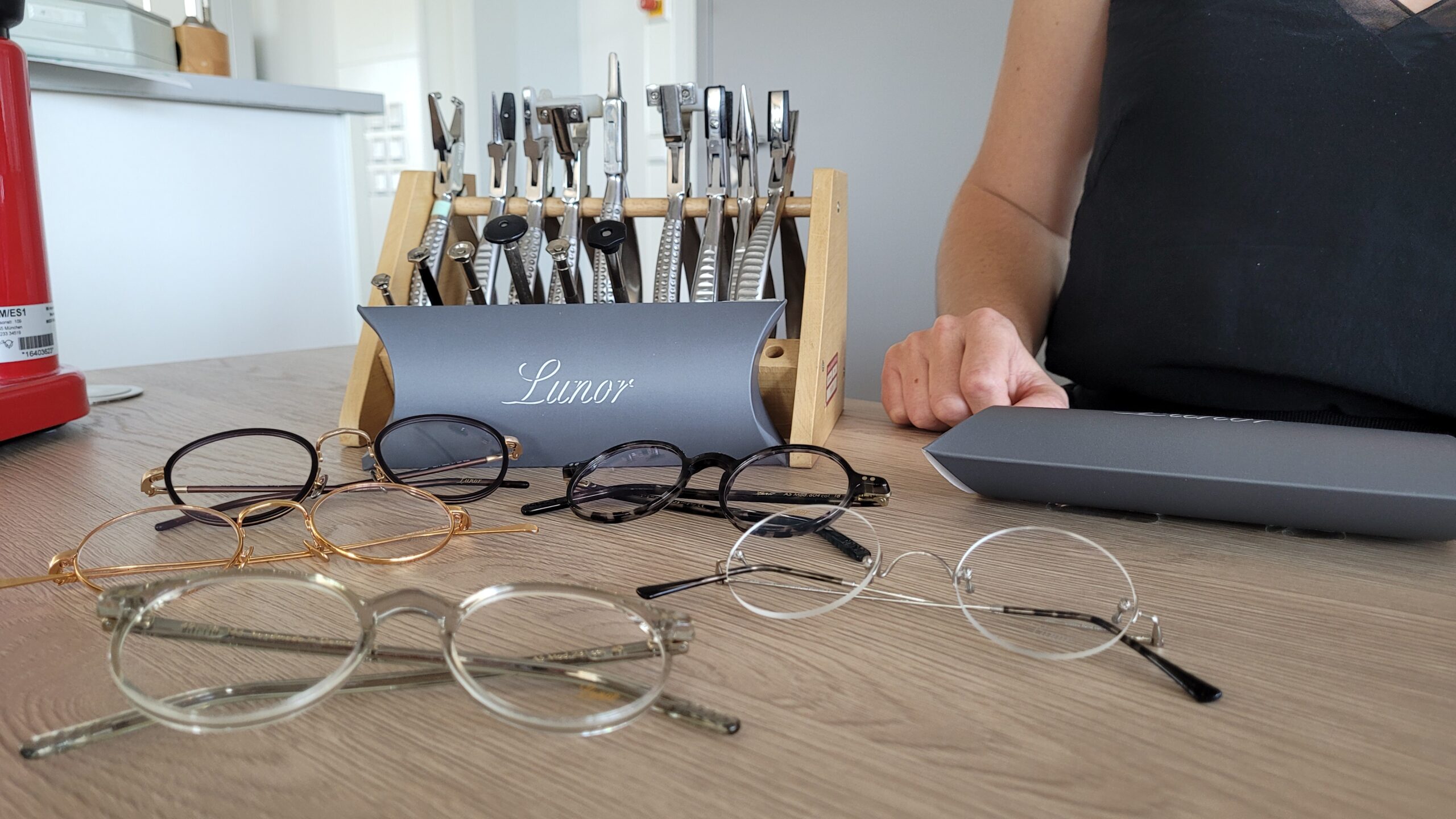
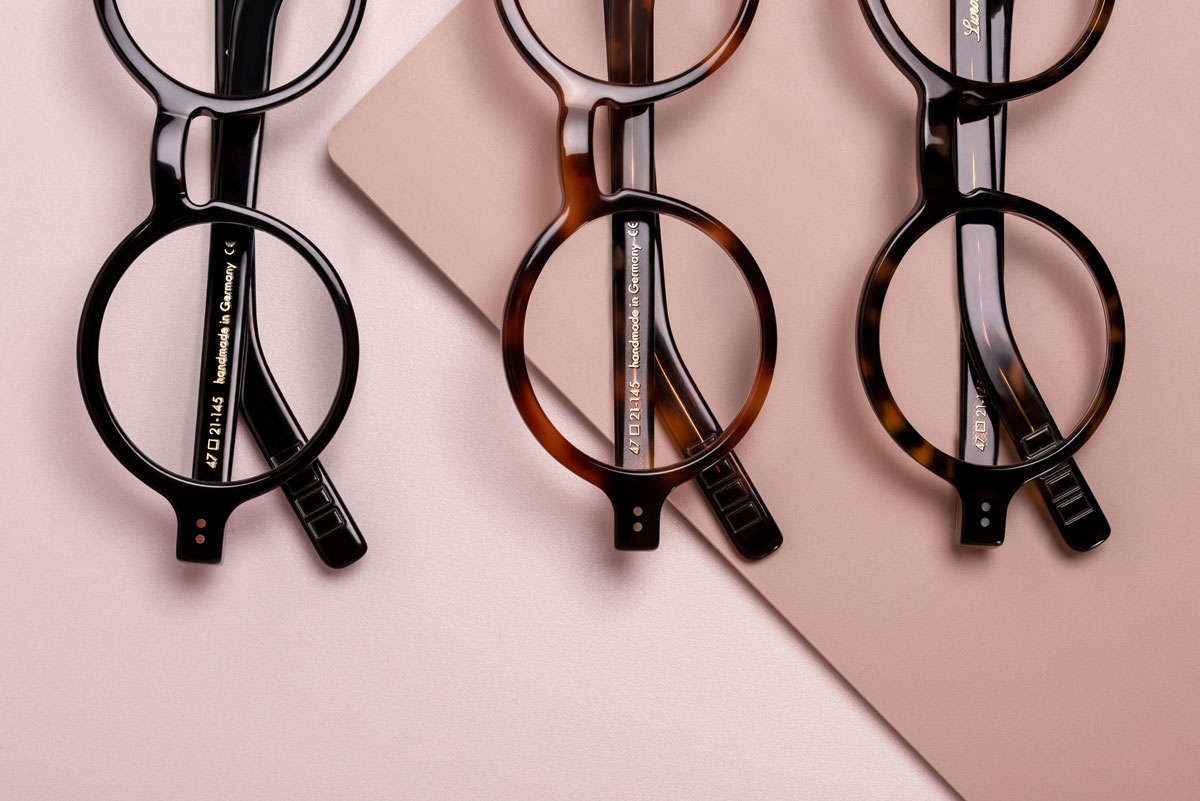
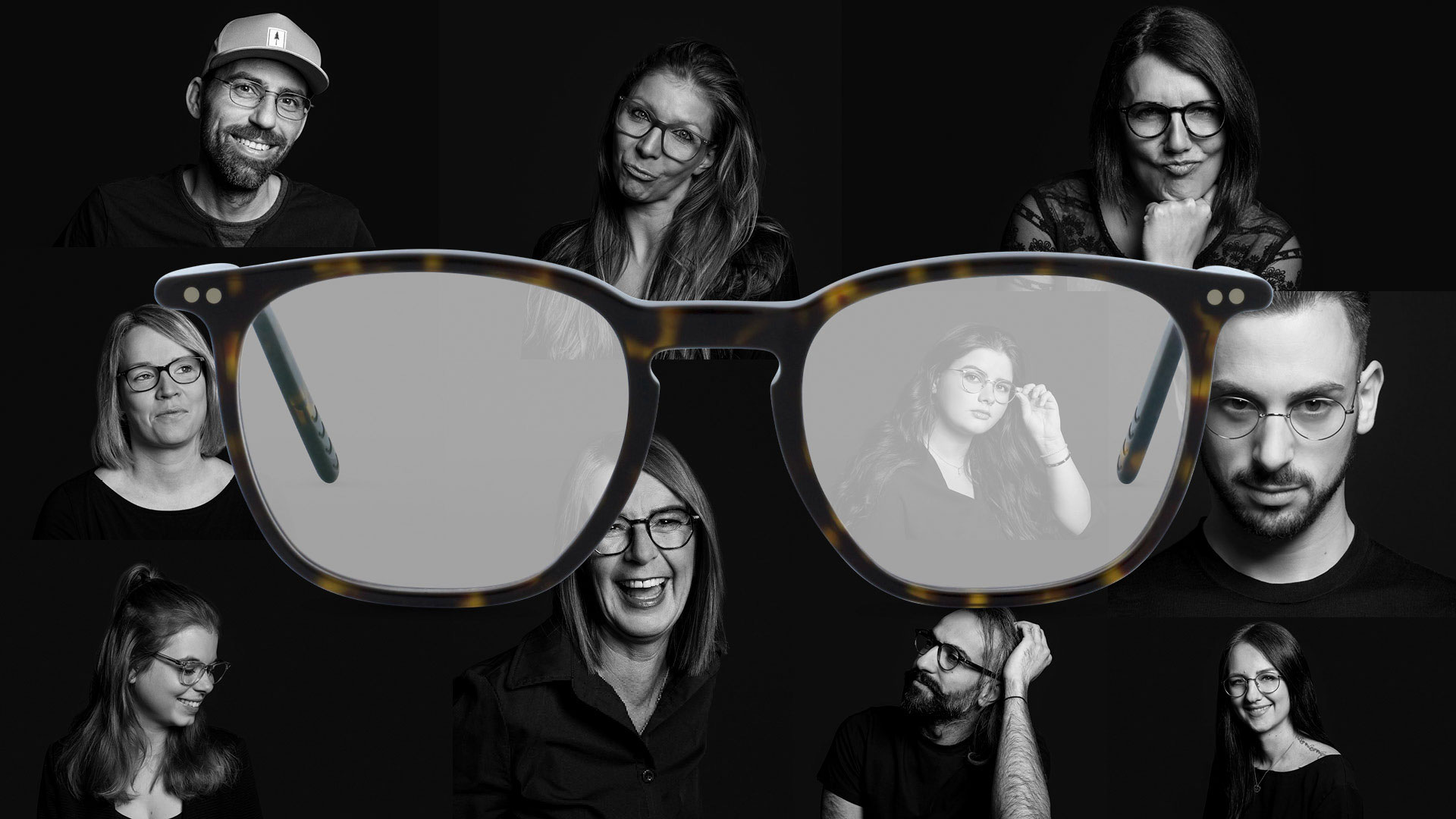
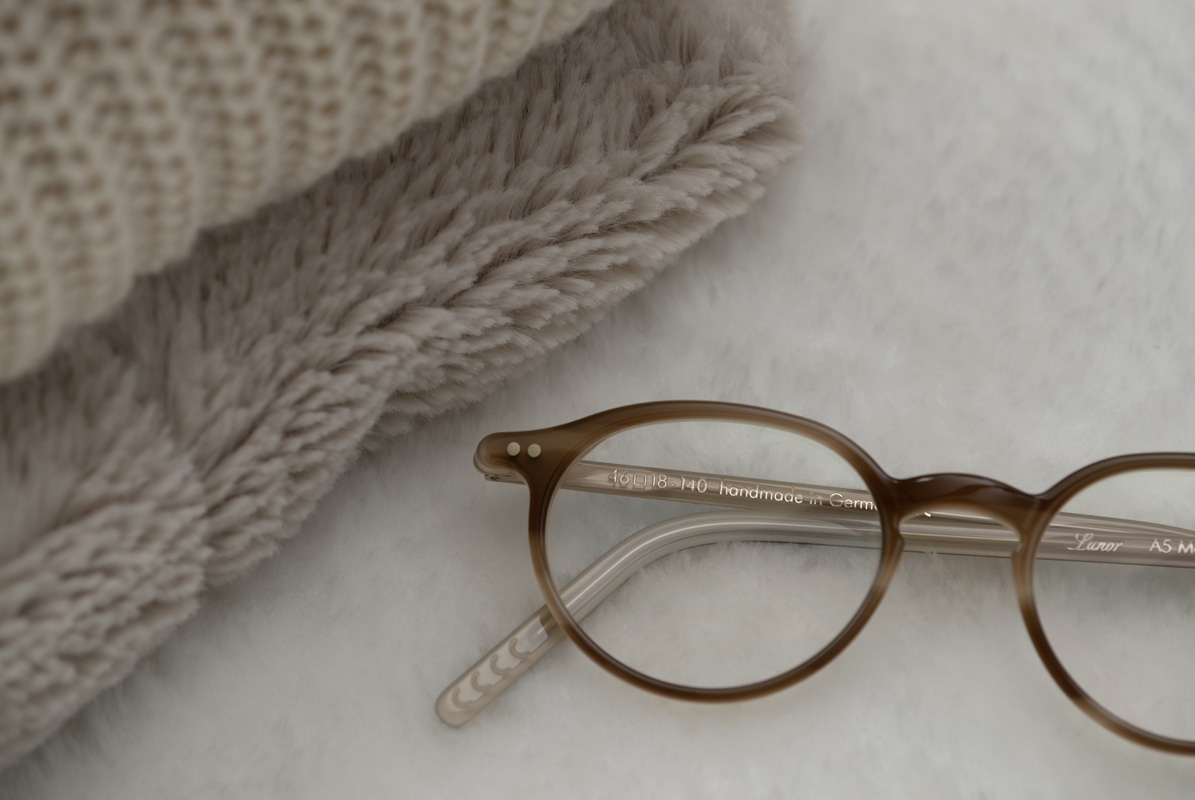
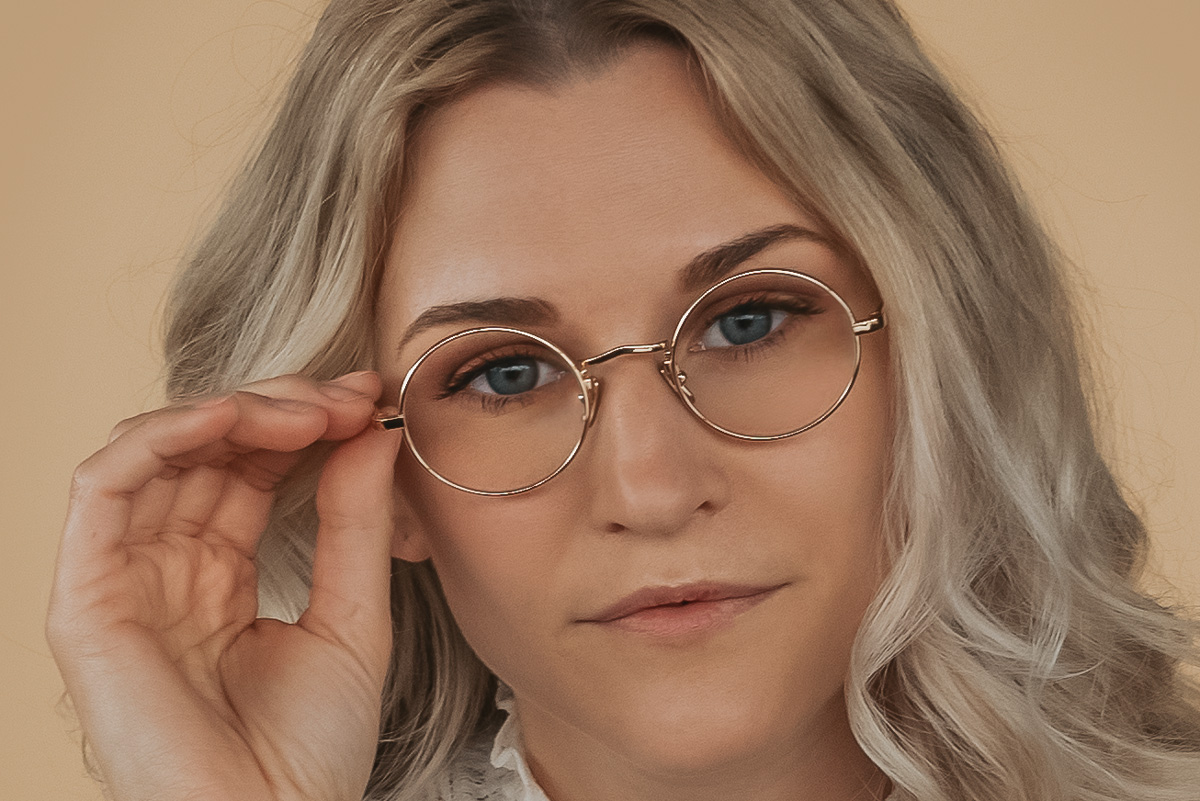
Leave A Comment